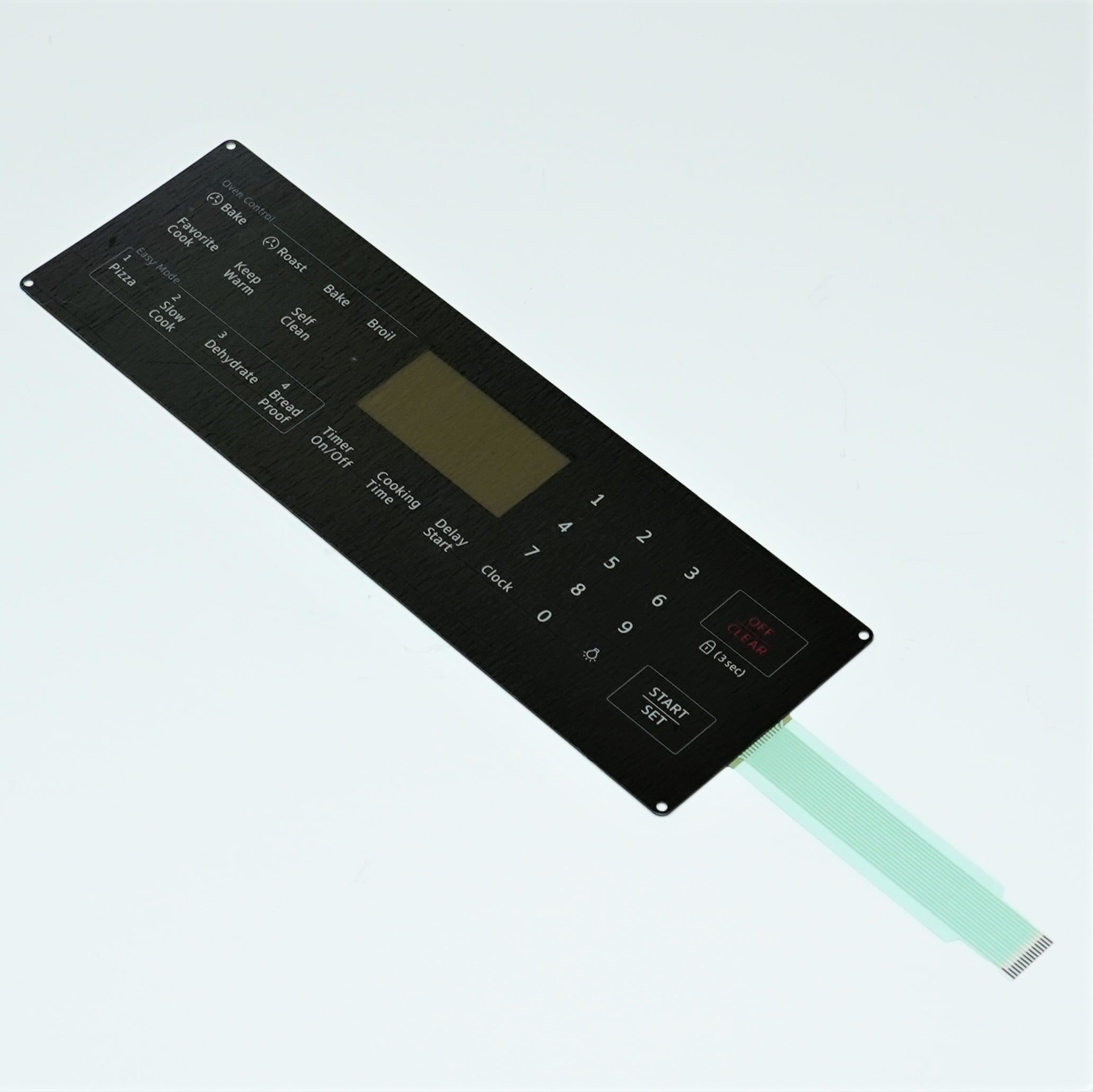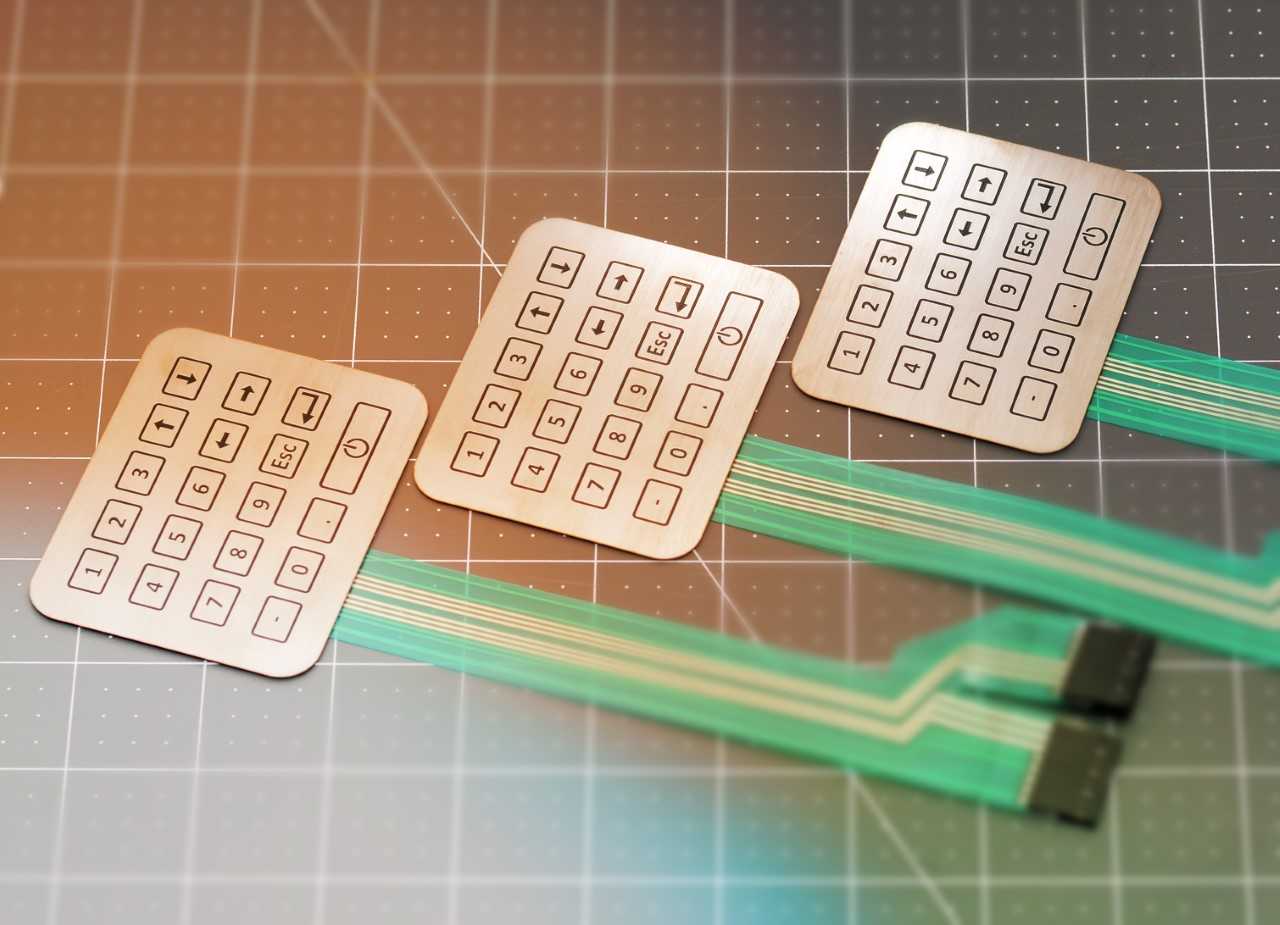How Membrane Switches Are Shaping the Future of Electronic Interfaces
How Membrane Switches Are Shaping the Future of Electronic Interfaces
Blog Article
Recognizing Membrane Layer Switches: The Secret to Durable and Dependable Controls

What Are Membrane Layer Buttons?
Membrane buttons are an advanced option in the world of individual interface technology, combining functionality and style perfectly. These gadgets serve as an interface in between users and digital systems, incorporating several components right into a small format. Commonly created from flexible, slim layers of products, membrane buttons are created to respond to touch, allowing users to interact with machinery and digital tools effectively.
The key elements of a membrane layer button include a published circuit layer, visuals overlay, and a spacer layer that prevents unintentional activation. The visuals overlay can be customized to reflect brand name identification or individual choices, enhancing visual appeals while guaranteeing use. Membrane layer switches are frequently utilized in numerous applications, consisting of clinical devices, consumer electronic devices, and commercial devices, owing to their longevity and resistance to ecological variables such as wetness and dust.
Among the crucial benefits of membrane layer switches is their ability to stand up to wear and tear, making them suitable for high-traffic settings. Additionally, they are lightweight and require minimal space, enabling for ingenious layouts in product growth. Overall, membrane layer changes stand for a useful and efficient choice for modern-day digital interfaces, weding innovation with user-centric design principles.
How Membrane Layer Changes Job
The procedure of membrane layer switches hinges on a simple yet efficient mechanism that equates customer input right into digital signals. When an individual presses the button, the top layer warps, enabling a conductive component in the circuit layer to make contact with a matching conductive pad on the underside of the visuals overlay.
The style of membrane layer buttons can differ, but they frequently include domes or tactile elements to offer feedback to the customer, enhancing the general experience - membrane switch. The materials utilized in membrane layer switches, such as polyester or polycarbonate, add to their sturdiness and resistance to ecological variables, consisting of dampness and dirt. Furthermore, the published circuits are generally encapsulated, which safeguards them from damage with time.
Benefits of Membrane Layer Switches

Furthermore, membrane buttons are known for their sturdiness. Constructed from robust materials, they are resistant to dust, wetness, and physical wear, which dramatically extends their life expectancy contrasted to typical mechanical buttons. This durability makes them especially ideal for high-traffic atmospheres and applications calling for long life.
One more substantial advantage is the convenience of cleansing and upkeep. The smooth surface area of membrane layer switches over decreases dirt build-up and is frequently unsusceptible spills, making them suitable for setups that need regular sanitization.
Furthermore, membrane layer buttons supply a structured account, leading to a thinner design that can be integrated right into numerous tools without adding bulk. This function not only enhances the visual charm however additionally adds to an extra ergonomic product design.
Applications of Membrane Layer Switches
Flexible and easy to use, membrane buttons discover applications across a wide variety of industries, consisting of medical gadgets, consumer electronic devices, and industrial tools. In the clinical area, these switches are integral to tools such as diagnostic tools, patient surveillance systems, and infusion pumps, where reliability and convenience here are the findings of cleaning are crucial. Their ability to preserve and withstand rough settings functionality makes them optimal for such applications.

In consumer electronics, membrane buttons are used in products like microwaves, cleaning makers, and remote controls - membrane switch. Their sleek layout enables instinctive user interfaces, improving the total individual experience while offering longevity and resistance to tear and wear
Industrial devices additionally takes advantage of membrane layer buttons, particularly in control panels for equipment and automation systems. These buttons provide security against dust and dampness, making sure consistent performance in tough atmospheres. Their adjustable functions enable makers to tailor them to specific operational needs, enhancing effectiveness and performance.
Selecting the Right Membrane Switch Over
When choosing a membrane switch, it is necessary to take into consideration numerous factors that influence performance and suitability for specific applications. The key factors to consider consist of ecological conditions, tactile feedback, resilience, and design specifications.
First, analyze the official website operating atmosphere; switches subjected to wetness, chemicals, or extreme temperature levels need certain materials to guarantee long life and performance. Next, review the demand for responsive responses. Relying on customer communication, some applications may gain from a responsive action to validate activation, while others may prefer a non-tactile layout for visual reasons.
Resilience is one more crucial element; click here to read membrane switches ought to be designed to withstand frequent usage, impacts, and abrasion. Ensure the picked switch can endure the anticipated lifecycle, specifically in high-usage situations.

Final Thought
In final thought, membrane layer switches serve as crucial parts in the style of trustworthy and durable control systems throughout numerous markets. The adaptability of membrane layer changes permits for customized options that satisfy particular operational requirements, reinforcing their importance in modern-day innovation.
Membrane changes stand for a critical aspect of modern-day interface style, mixing functionality with resilience in different applications.Membrane buttons are a sophisticated solution in the realm of user interface innovation, integrating capability and layout perfectly. Usually created from flexible, slim layers of materials, membrane layer buttons are made to react to touch, allowing individuals to engage with equipment and digital gadgets successfully.
The layout of membrane buttons can differ, yet they usually incorporate domes or responsive components to give responses to the user, enhancing the overall experience.In verdict, membrane layer switches over serve as vital elements in the design of long lasting and trusted control systems across various industries.
Report this page